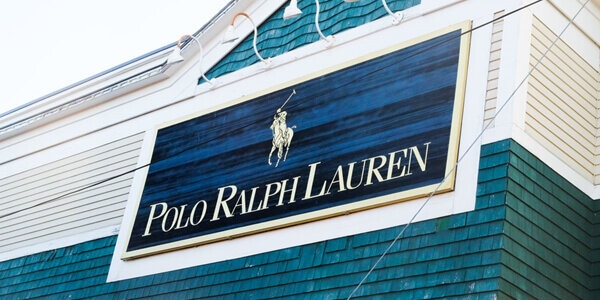
Amidst Consumer Weakness, Luxury Demand Remains Strong
Strong Demand Despite Consumer Weakness
Luxury brands face mixed fortunes as the global economy experiences consumer weakness amid the COVID-19 pandemic. While some high-end brands weather the storm better than others, their wealthy customer base allows them to continue trading through demanding conditions. However, online advertising firm Criteo has also found that many lower-income consumers continue to shop at the high end, with 54% of low- to middle-income shoppers planning to spend the same or more on luxury goods. Similarly, PwC reports that over a quarter of global consumers are still committed to buying luxury goods, with 21% indicating that they plan to increase their spending over the next six months.
Brand Performance
Capri's recent results have been more challenging than anticipated, with total revenue down 6% year-over-year to $1.51 billion. Wholesale revenue was down 20%, mainly driven by a decline in sales of Michael Kors products. However, Capri's retail sales, including sales at Versace and Jimmy Choo, are promising, leading analysts to believe that the conglomerate is in a good position over the longer term.
Tapestry, which includes brands such as Coach, Kate Spade, and Stuart Weitzman, has had a relatively positive quarter, with gross margin expanding and the company beating its guidance. Ralph Lauren has also been executing a successful comeback despite ongoing consumer wariness, with net revenue up 1% to $1.8 billion in the most recent quarter. Finally, Kering's performance has been undermined by Gucci, which accounts for nearly half its revenue, leading analysts to speculate about the brand's future.
